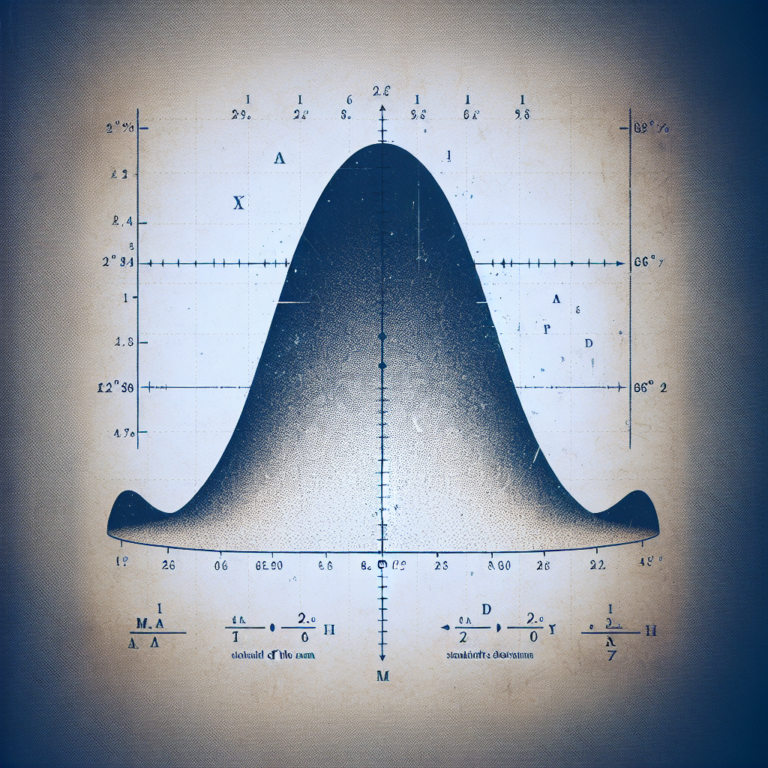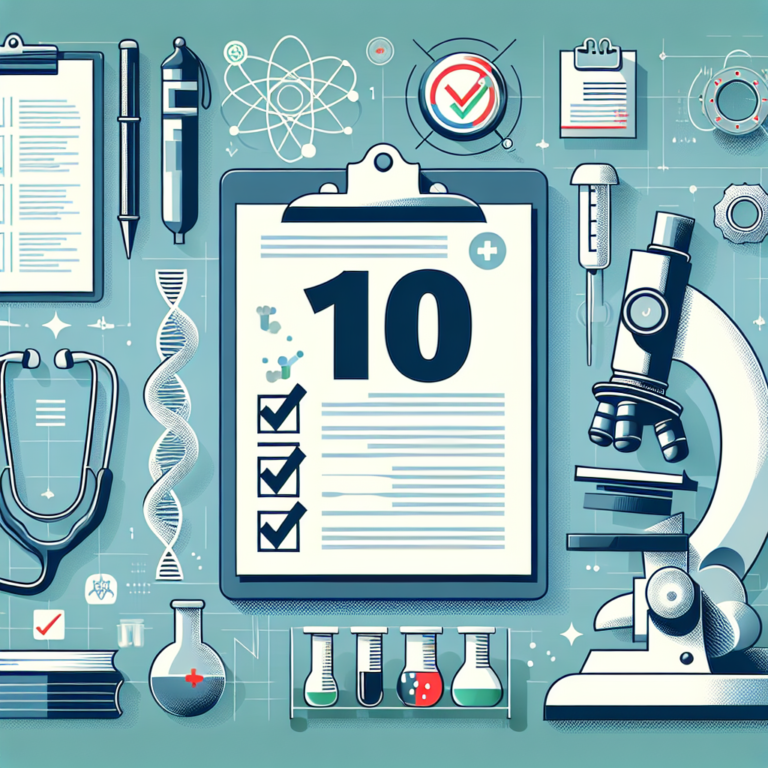There are various methods available for collecting data in the field of statistics. Understanding these techniques is crucial for ensuring accuracy and reliability in statistical analysis. At StatisMed, we specialize in providing statistical analysis services for medical doctors, and it is essential to have a good grasp of data collection methods. In this comprehensive guide, we will explore some common data collection techniques, their advantages, and how they can be used effectively in medical research.
Table of Contents
Surveys
Surveys are one of the most common data collection techniques used in research. They involve asking a series of questions to a sample population to gather information about their opinions, behaviors, or characteristics. Surveys can be conducted in various forms, such as online surveys, telephone interviews, or mail-in questionnaires. They are cost-effective and efficient in collecting large amounts of data from a diverse group of respondents.
Advantages:
- Easy to administer
- Can reach a large and diverse population
- Cost-effective
Disadvantages:
- Response bias
- Limited depth of information
Observational Studies
Observational studies involve observing and recording information about subjects without any intervention or manipulation. This method is commonly used in medical research to study natural behaviors or trends in a population. Observational studies can be conducted in various settings, such as hospitals, clinics, or community centers, to gather valuable data for analysis.
Advantages:
- Provides real-world data
- Allows for the study of rare events
- Cost-effective
Disadvantages:
- Cannot establish causation
- Risk of observer bias
Experiments
Experiments are controlled studies that involve manipulating one or more variables to observe the effect on an outcome. This method is commonly used to test hypotheses and establish causation between variables. Experiments can be conducted in laboratory settings or clinical trials to determine the effectiveness of a treatment or intervention.
Advantages:
- Allows for causal inference
- Can control for confounding variables
- Provides strong evidence for relationships
Disadvantages:
- Can be costly and time-consuming
- Ethical considerations
Secondary Data Analysis
Secondary data analysis involves using existing data from previous studies or sources for new research purposes. Researchers can analyze data sets collected by other researchers or organizations to answer new research questions or validate findings. Secondary data analysis is cost-effective and efficient in generating new insights without the need for primary data collection.
Advantages:
- Cost-effective
- Saves time and resources
- Allows for validation of findings
Disadvantages:
- Limited control over data quality
- May not align with research objectives
In conclusion, understanding common data collection techniques is essential for conducting reliable and accurate statistical analysis in medical research. Surveys, observational studies, experiments, and secondary data analysis each have their advantages and disadvantages, and choosing the right method depends on the research objectives and resources available. At StatisMed, we are committed to providing high-quality statistical analysis services for medical doctors, ensuring that data collection is done effectively and ethically.
For more information about our services, please visit our website. If you have any inquiries or would like to request a quote, feel free to contact us today. Thank you for reading our comprehensive guide to common data collection techniques.
[ad_2]




